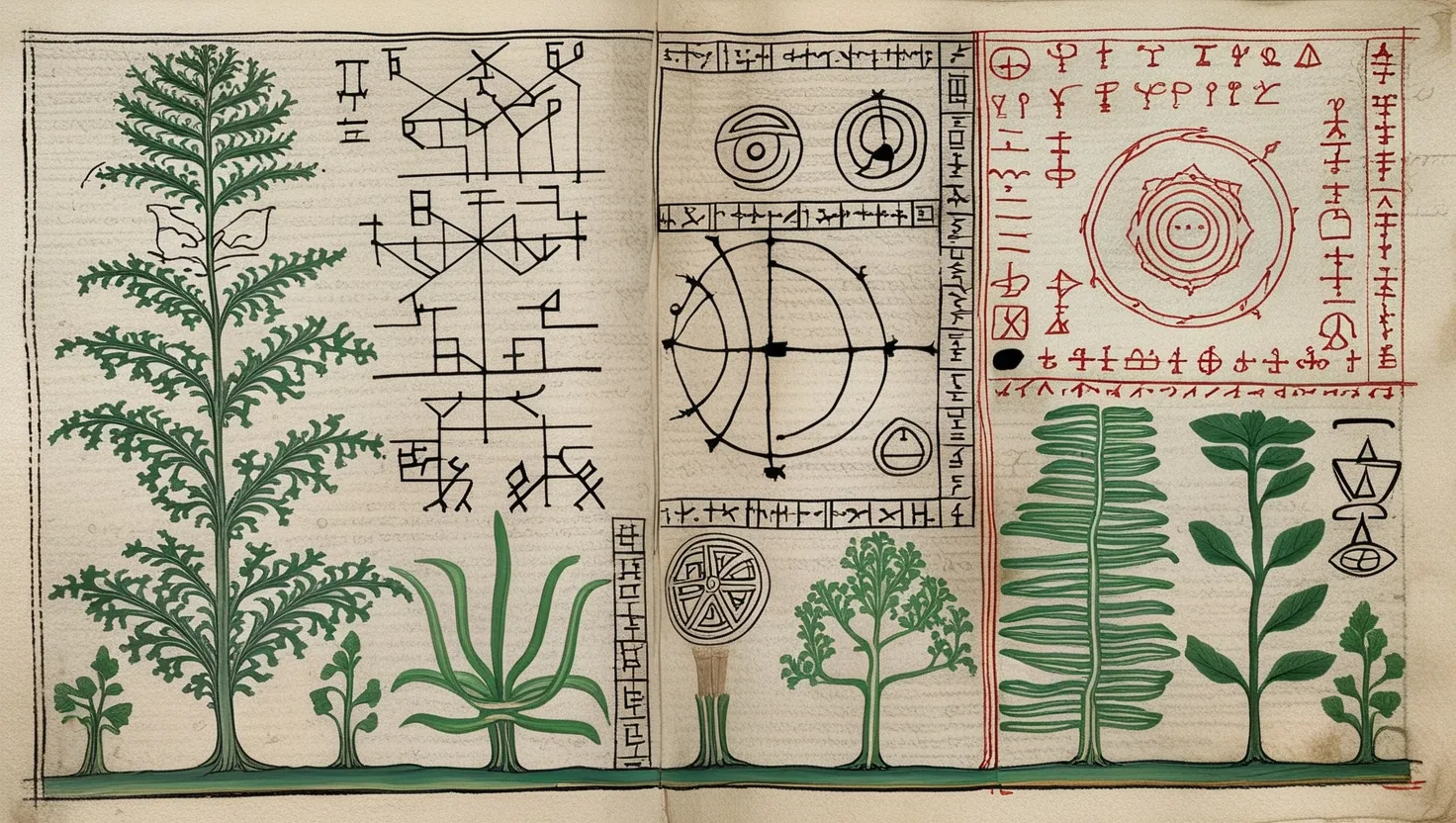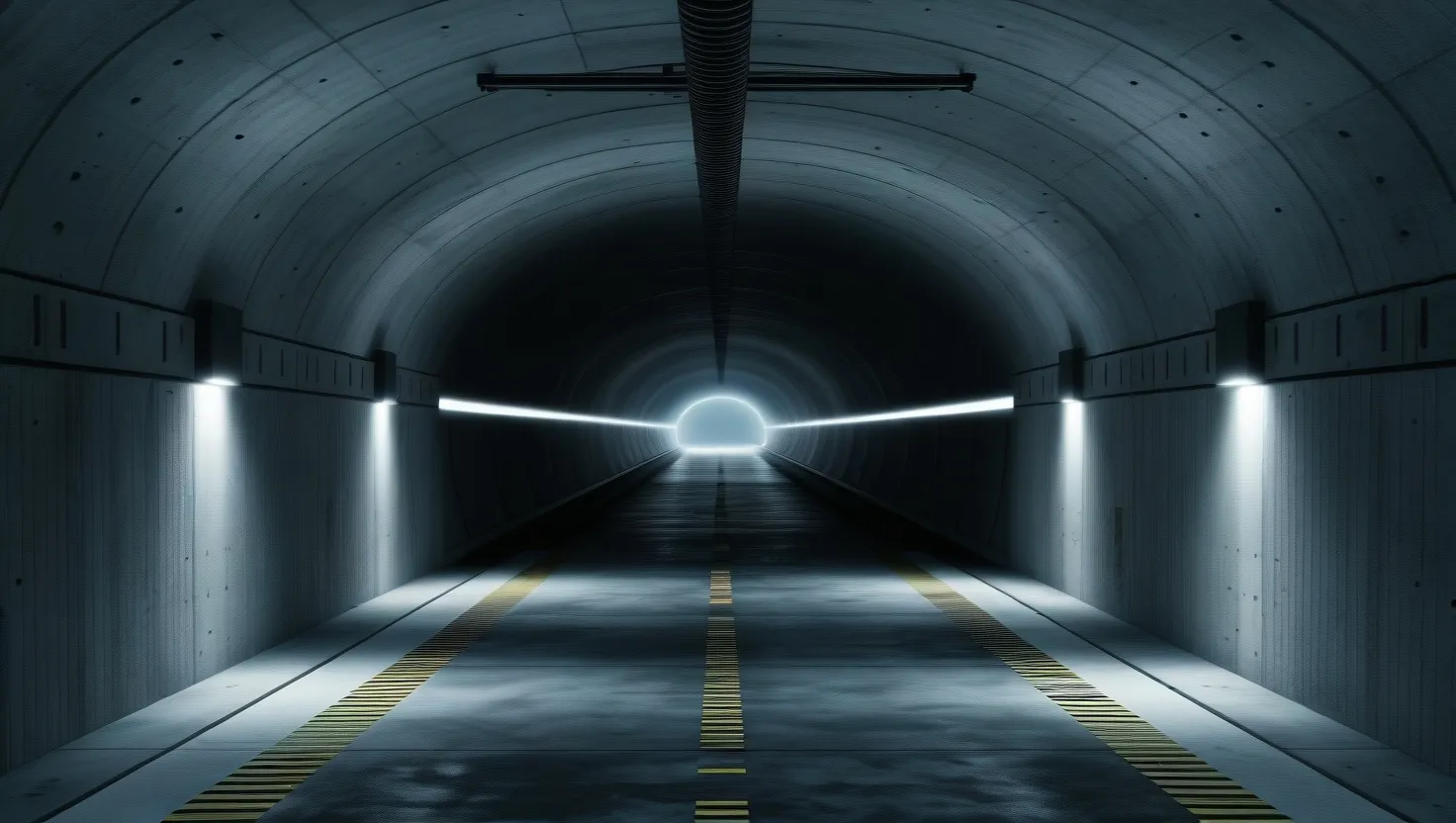In the remote reaches of China’s Xinjiang region, a peculiar phenomenon has captured the attention of scientists and conspiracy theorists alike. Nestled within a secluded valley, researchers have stumbled upon what appears to be a localized temporal anomaly - a place where the very fabric of time itself seems to bend and warp.
The first whispers of this strange occurrence emerged in 2015 when a team of Chinese physicists noted unusual discrepancies in their atomic clock readings. Initially dismissed as equipment malfunction, the persistence of these temporal hiccups led to more rigorous investigation. What they found defied conventional understanding of physics and opened up a Pandora’s box of questions about the nature of time and space.
Within a roughly 3-kilometer radius, clocks consistently run slower than in surrounding areas. The effect is subtle but measurable - approximately 0.0002 seconds per hour. To the casual observer, this minuscule difference would go unnoticed. But in the realm of precision scientific measurement, it’s a glaring anomaly that demands explanation.
Subsequent studies have only deepened the mystery. Multiple research teams, using a variety of measurement devices, have confirmed the presence of this localized time dilation effect. The phenomenon appears to be centered on a specific geological formation, with its influence gradually diminishing as one moves away from the epicenter.
“Time is a rigid taskmaster,” Albert Einstein once mused. But in this hidden corner of China, it seems that even time can be bent to the will of unseen forces.
What could be causing this bizarre warping of temporal reality? Chinese researchers have proposed several theories, all of which push the boundaries of our current understanding of physics. The most prominent hypothesis centers on the unique geological composition of the area. The region is known for its high concentrations of magnetite and rare earth elements, materials that exhibit extraordinary magnetic properties.
Some scientists speculate that these intense magnetic fields may be interacting with Earth’s natural electromagnetic field in ways we don’t yet fully comprehend. Could this interplay be creating localized distortions in the fabric of spacetime itself? It’s a tantalizing possibility that echoes Einstein’s theories about the malleability of time and space.
Adding fuel to the speculative fire, satellite data has revealed persistent gravitational anomalies in the region. These fluctuations in the local gravitational field align eerily well with the observed time dilation effects. Is there a connection between gravity, magnetism, and the flow of time? The implications of such a link would be staggering for our understanding of fundamental physics.
But not everyone is convinced. Skeptics argue that the observed effects could be the result of mundane measurement errors or environmental interference. After all, the differences in time are incredibly small and could potentially be explained by more prosaic factors. Yet the consistency of the findings across multiple studies and measurement techniques presents a compelling case that something truly unusual is occurring in this hidden valley.
“The most beautiful thing we can experience is the mysterious,” Einstein once said. “It is the source of all true art and science.” In this spirit, we must ask ourselves: what mysteries might this anomaly zone unlock if we approach it with open minds and rigorous scientific inquiry?
Intriguingly, the area has become shrouded in secrecy and speculation. Access to the site is heavily restricted, with a notable military presence guarding the perimeter. This has led to rampant rumors about classified research into time manipulation and other exotic physics applications. Former researchers have made tantalizing claims about experiments in “temporal manipulation,” though official records steadfastly deny the existence of such programs.
Adding to the air of mystery, equipment failures and data corruptions are reportedly common within the zone. Is this simply due to the harsh environmental conditions, or could it be a side effect of whatever strange forces are at work in the area? The difficulties in conducting research have only served to heighten interest in the phenomenon.
As investigations continue, the anomaly zone raises profound questions about potential breakthroughs in gravitational research and the intricate relationship between magnetic fields and the flow of time. Could this remote valley hold the key to revolutionary advances in physics? Or is it merely an intriguing curiosity, a quirk of nature that will eventually be explained by conventional means?
“The important thing is not to stop questioning,” Einstein advised. “Curiosity has its own reason for existing.” In that spirit, we must continue to probe the secrets of this temporal anomaly, wherever they may lead us.
The case of China’s hidden time dilation research highlights the often vast gulf between public scientific understanding and the cutting edge of classified research into fundamental physics. It serves as a reminder that there are still profound mysteries lurking in the universe, even in seemingly mundane corners of our own planet.
As we ponder the implications of this temporal anomaly, we’re left with more questions than answers. Could similar phenomena exist in other parts of the world, as yet undiscovered? What might we learn about the nature of time and space if we could harness or replicate these effects? And perhaps most tantalizingly, could this research eventually lead to practical applications in time manipulation or faster-than-light travel?
The journey of scientific discovery is often a winding path, full of unexpected detours and surprising revelations. As we continue to explore the frontiers of physics, we must remain open to the possibility that our most fundamental assumptions about the nature of reality may need to be revised.
In the end, the magnetic anomaly zone in China’s Xinjiang region stands as a testament to the enduring mystery and wonder of our universe. It challenges us to push the boundaries of our knowledge and to never stop questioning the world around us. For in these pockets of the unexplained, we may find the seeds of tomorrow’s scientific revolutions.






